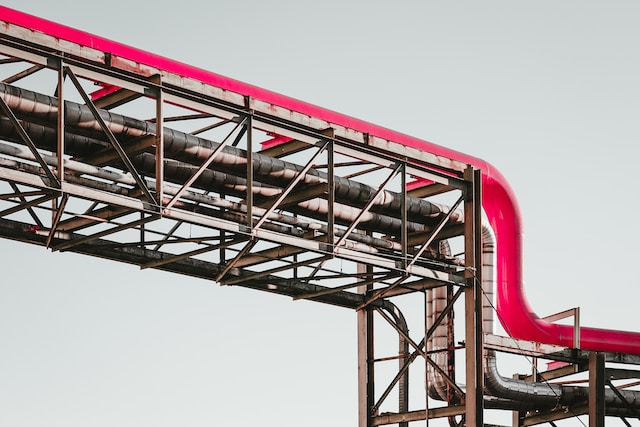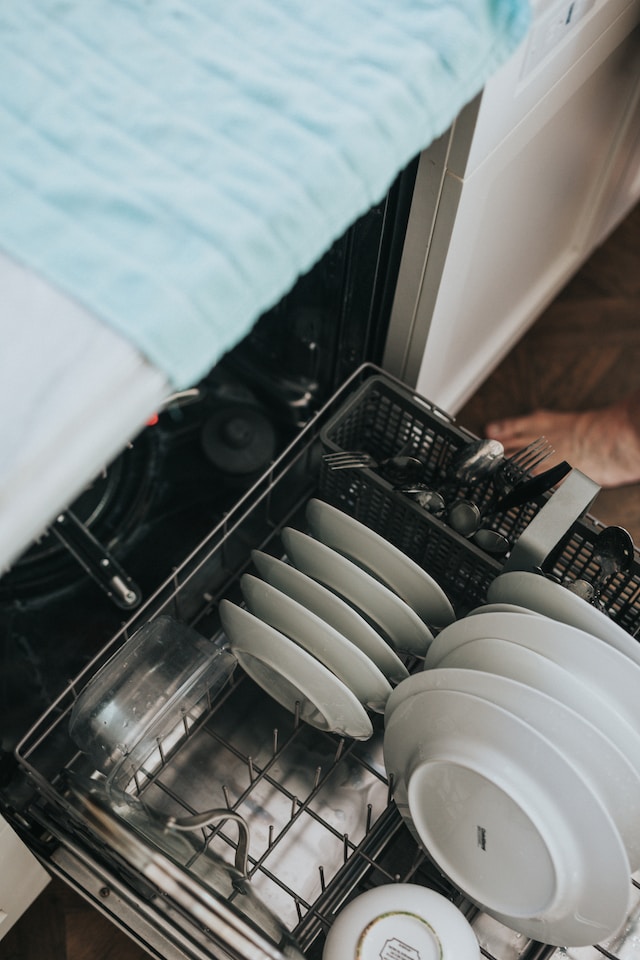
Cold-Weather Concealed Carry: Tips for Choosing the Right Clothing
As the chill of winter sets in, concealed carry enthusiasts face the challenge of maintaining personal safety while navigating the complexities of cold-weather fashion. Choosing the right clothing becomes crucial to ensure effective concealment without compromising comfort or accessibility. For instance, carrying a pocket gun while wearing a coat that must be unzipped can take more than just a little time to access the weapon. And shoulder holsters aren’t the fastest option, either.
Base Layers
Cold weather brings different challenges, responsibilities and opportunities with concealed carry. It can also reduce your effectiveness if you need to prepare. When facing the challenges of winter, concealed carry clothes for winter become essential for maintaining personal safety while navigating the complexities of cold-weather fashion. A good set of base layers can make it easier to conceal your weapon in the winter. These layers should be light and comfortable and provide wicking capabilities for sweat. They should also be breathable and have anti-odor properties. The thickness of winter clothing helps with concealment, as it hides the printing of a gun holster. For this reason, it’s often possible to use a holster that wouldn’t be practical in the summer months. Using a holster that doesn’t rely on the belt is also a good idea, as you can’t rely on your coat zipper to open in a hurry. Pocket holsters are a great option, as they are easy to access even when wearing bulky outerwear.
Mid-Layer
When it comes to the mid-layer, several options can serve you well. Another consideration is the effect of clothing on your ability to draw your gun in a hurry. Choosing a loose sweater to reach your waistband can make it easier to access your concealed carry. You also should avoid wearing zipped closed jackets when carrying, as this can slow down your reaction time in the event of an incident. As the weather turns colder, your wardrobe changes. This offers you more opportunities to conceal your carry but also introduces challenges. It’s essential to practice drawing, holstering and re-holstering with the winter gear you plan to wear to get accustomed to its effects on your agility.
Top Layer
It’s time to pull out the heavy coats and sweaters as winter draws near. This can help make concealed carry easier, but it’s also important to consider how the clothing will affect your ability to remove a gun promptly. For example, a shoulder holster that is zipped up can make it difficult to get to your weapon. In even the coldest conditions, leave your jacket unzipped for quick access to a shoulder holster.
Additionally, a topcoat covering your hands makes drawing and acquiring a target more difficult. Find a tactical coat with a double-sided zipper that allows you to open the bottom half of the garment for quicker access to a pistol. If this isn’t an option, carry a backup firearm that you can easily access over your primary. This way, you can ensure you will be aware of the situation if you need to take action quickly.
Bottom Layer
When drawing a gun from a concealed carry holster, cold-weather clothing can be bulky and restrictive. Consider trying alternative holster options, like thigh or bra holsters or having a holster sewn into the fabric of your pants. Experiment with these holster options, including dry fire practice, to determine what works best. Fabrics with patterns and prints, such as stripes, animal prints, polka dots, plaid, etc., can also help to conceal the gun when worn with a solid-color base layer or outer shell. Wearing a coat with a strong-side pocket for concealed carry is another way to hide the weapon, although it’s important to remember that when you remove your jacket, your gun goes with it. A pistol in a pocket holster attached to your jacket can be a better option, especially if you have a reliable pocket holster. Do dry and live-fire training in this configuration to ensure you can draw your firearm quickly from the holster.


